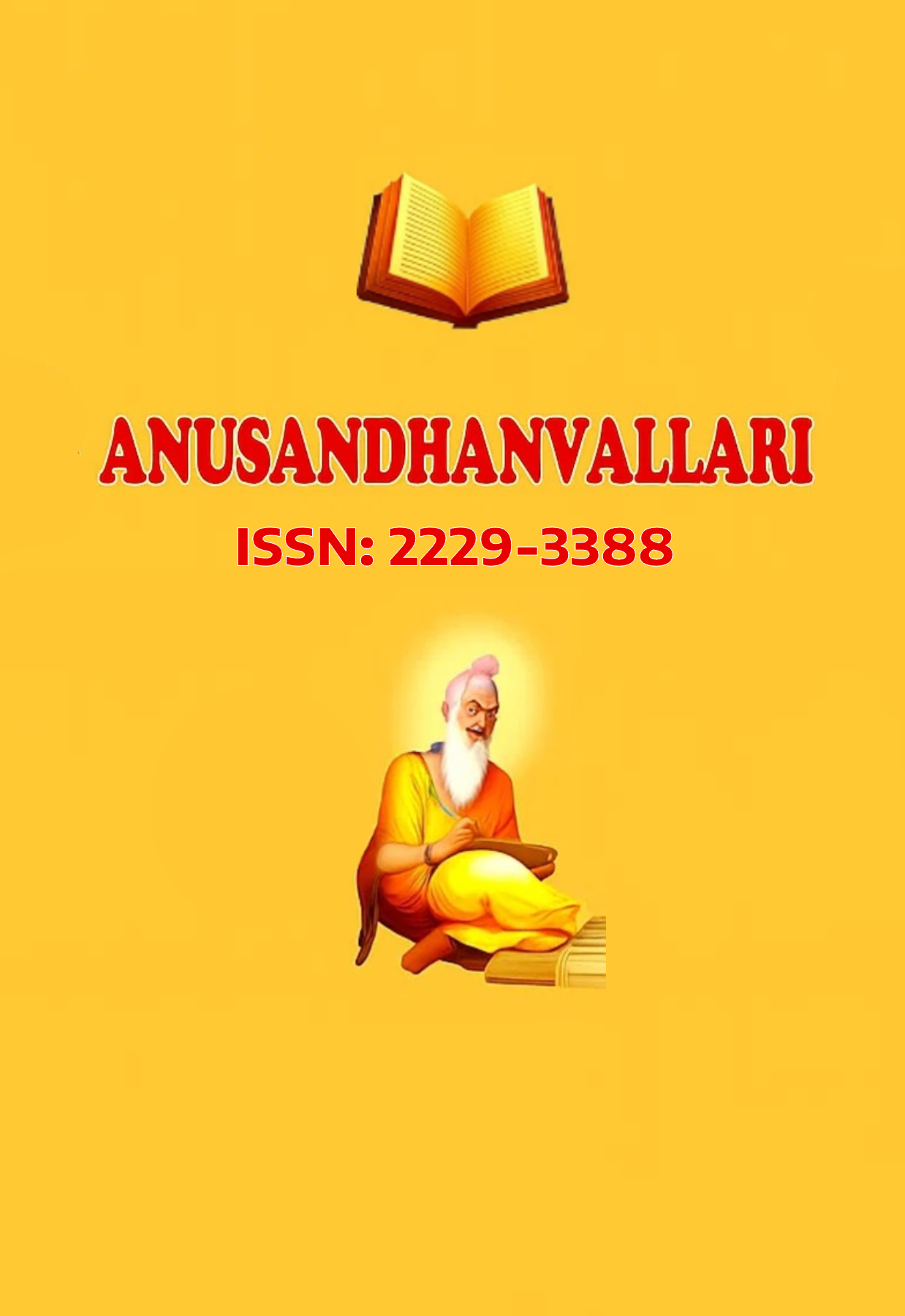Trope of the Ideal Versus Desirable Woman˗The Cilappatikāram the Tale of an Anklet
Main Article Content
Abstract
The aim of this paper is to determine the portrayal of female characters and gender relations in Ilanko Atikal’s Tamil epic Cilappatikāram. The depiction of the lead female character Kannaki in the stereotypical role of an ideal wife who transforms into a goddess when she discards her feminine self. She accomplishes this by discarding the symbols of femininity as defined by patriarchal socio-cultural forces operating in the society. This enables her in transcending the forces that were controlling her actions in the first part of the epic. The depiction of Matavi as talented but untrustworthy in the eyes of Kovalan defines the other spectrum of patriarchal forces. She is desirable, talented, someone men aspire for but on the other hand they fear her and consider her to be untrustworthy and manipulative. She is independent in many ways and hence poses a challenge to the established order. The definition of an ideal woman as represented by Kannaki is the acceptable norm. When Kannaki discards the symbols of feminism and becomes a destructive force she is also on the path of self-destruction. The raging female force has a transitional value. She is used to re-establish moral order in the society, the balance needs to be restored and she is the medium used for doing so. For her to have that power she needs to be unblemished and pious as per the acceptable moral code of the society. The two main female characters of the book represent the two types of women one in the role of an ideal wife, daughter, daughter-in-law the other an accomplished artist, a woman of independent standing in the society.

